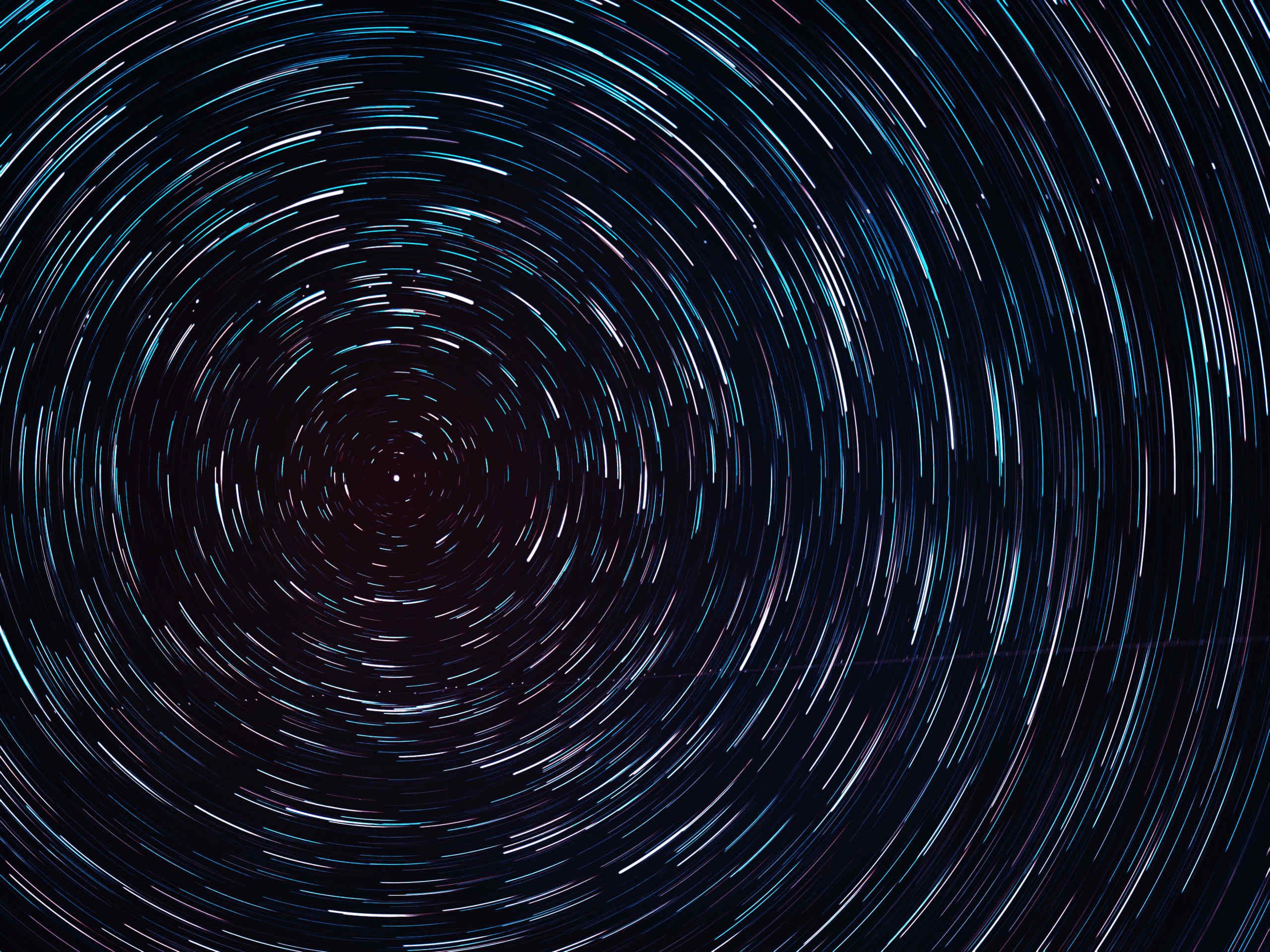

If you’re using a camera that has live view, it will typically have some kind of magnification or focus peaking that can help you nail focus.

Focusing in the dark is tricky, however even more so if you’ve deliberately picked an area with minimal light pollution from nearby cities, towns or villages.
#STARTRAIL AFFINITY MANUAL#
Focus: Manual focus is a must for this type of shooting.The aperture generally wants to be as wide as it will go (for ultra wide lenses this will be f/2.8, f/2 or in some cases f/1.8), and the shutter speed will be a value suitable for long exposure shooting-usually 60 or 30 seconds. Shooting mode: shoot in Manual (M) mode so you can control the aperture and shutter speed individually.Here are some pointers for camera settings: With the Polaris Star located, you can then set up your camera and tripod.

Using SkyView on iOS to find the Polaris Star Shooting the star trails SkyView, for example, allows you to search for the star by name and will give you an on-screen marker to help you along. To help with this, you could use one of the many available smartphone apps which can use your phone’s GPS and give you a 3D representation of the solar system. Once you’re on location, you need to locate the Polaris. If you don’t have a wide angle lens, go out and get some shots regardless! (You can get some creative results with a narrower field of view, seen later in this article). f/2 or f/2.8) are preferred but can be expensive. Ultra wide angle lenses with large apertures (e.g. An intervalometer (either external or built into the camera) or a remote shutter with a ‘locking’ function.A sturdy tripod to eliminate wind shake and ensure consistency between shots.A camera with support for long shutter speeds up to 60 seconds (the majority of cameras with a Manual shooting mode should have this).In terms of equipment, you’ll need the following: Bear this in mind when picking your location. There might be a fantastic building or structure you want to include, but if it’s not in the same direction as the Polaris Star then it won’t work.

Being restricted to this direction will influence the composition if you’re hoping to capture foreground detail too. If you’re going for the classic swirling star trail look, you need to point your camera towards the Polaris Star. Scout your location beforehand (or use a mapping system like Google Maps).There’s nothing worse than a battery going empty halfway through your 120 image capture session. Long exposures mean your camera is constantly capturing images for hours-sometimes longer. Don’t venture out with a couple of batteries at 50% charge-you’ll be lucky if they last. You can also carry disposable hand warmers, which double up as a tool to stop your lens from fogging up (more on this later). Put on multiple layers, invest in some gloves-give yourself the best chance at keeping warm. Even on nights where the air doesn’t seem too chilly, you’ll be doing a lot of standing around, which means you can get incredibly cold. Without a doubt, you should definitely have some preparation beforehand if you’re going to tackle this type of shooting. While my astrophotography knowledge isn’t vast, I’d like to share with you some tips and pointers if you decide to head out on a clear night and capture some star trails. It lies almost in line with the axis of the Earth’s rotation, so whilst it does move slightly between shots, all the other stars appear to ‘rotate’ around it, producing the swirling effect that has proven so eye-catching. You generally frame your shot to include the Polaris Star (otherwise known as the North or Pole Star).
#STARTRAIL AFFINITY HOW TO#
Watch the video above for a comprehensive, 10 minute practical guide on setting up your camera to capture these ‘star trails’, featuring live footage of the images being taken and a guide on how to find the Polaris star using smartphone apps. In post-production, you then stack these images and expose the brightest pixels, producing a unique circular effect. The premise is that you capture anywhere from 20 to 150 long exposures, each one recording a small amount of star movement.
#STARTRAIL AFFINITY SERIES#
I don’t live in one of the best locations for astrophotography, but when we have some clear skies in my part of the UK, I like to head out and capture star trail images-a series of long exposures that gradually capture the earth’s rotation. Please turn on JavaScript to view this video Shooting Series #1 - Polaris Star Trails


 0 kommentar(er)
0 kommentar(er)
